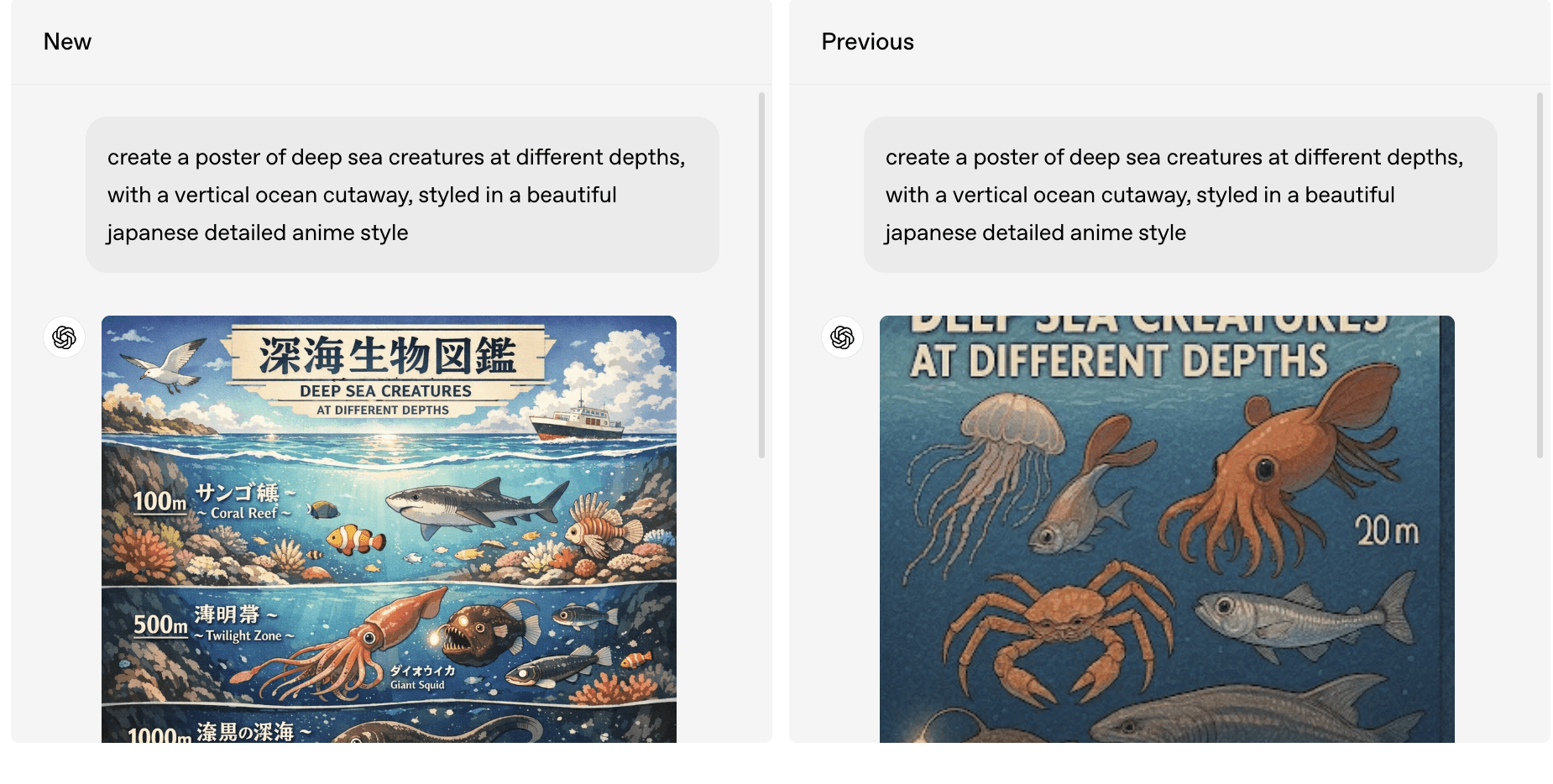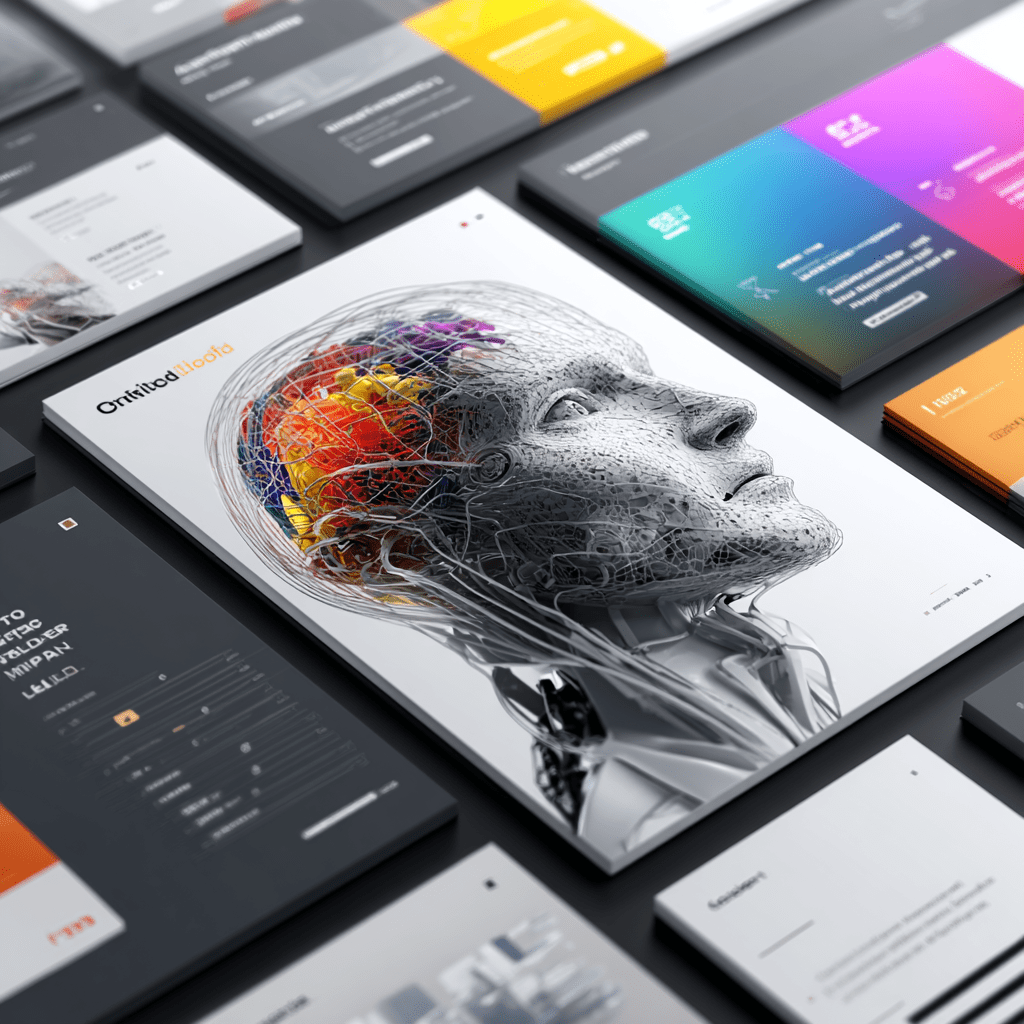TL;DR
Demand Generation leaders can now use ChatGPT Projects to unify campaign planning, analytics, and budget optimization into a single AI workspace. By integrating data from GA4, CRM exports, and keyword performance files, ChatGPT becomes your team’s insight engine—summarizing what’s working, identifying underperforming campaigns, and recommending ROI-maximizing shifts in real time.
AI Is Changing the DNA of Demand Gen
The modern demand gen stack is increasingly AI-powered. According to the State of GTM AI 2025 report, 85% of marketing teams using AI already see productivity gains, but the biggest leap is coming from Phase 2 use cases—AI that improves quality, not just output.
Enter ChatGPT Projects, OpenAI’s built-in workspace framework that turns GPT from a chat tool into a persistent, structured marketing brain. For demand gen teams, this means one platform where you can:
- Centralize campaign data, pipeline reports, and budget sheets
- Store custom prompts and brand instructions
- Track performance conversations over time
- Collaborate across marketing, RevOps, and sales enablement
It’s the evolution from ad hoc AI prompts to AI-driven go-to-market orchestration.
For deeper context on this evolution, see Adaptive GTM: Why B2B Marketing Needs to Shift from Campaigns to Systems — a detailed breakdown of how systems thinking redefines pipeline generation in 2025.
Why ChatGPT Projects Are a Game-Changer for Demand Gen
Demand generation thrives on clarity, speed, and iteration. The challenge? Siloed data across analytics tools, CRMs, and ad platforms. ChatGPT Projects solve that by combining:
- Persistent context – GPT remembers your KPIs, tone, and datasets.
- File intelligence – Upload GA4, CRM, and ad data to create a unified performance view.
- Scenario modeling – Run “what-if” budget and conversion simulations.
- Strategic synthesis – Generate executive summaries and campaign recommendations in seconds.
Instead of wasting time compiling dashboards, your Project acts as an always-on performance analyst.
Setting Up Your Demand Gen Intelligence Workspace
Step 1: Create a Project for Your Funnel Analytics
- Open ChatGPT → Projects → New Project
- Name it something like:
Demand Gen Performance HQ - Choose GPT-4o or GPT-5 for advanced file reasoning.
You’ll see three key components:
- Chat threads – for ongoing analysis (e.g., “MQL to SQL Conversion Insights”)
- File library – where your GA4 and CRM exports live
- Instructions tab – to define the Project’s behavior and tone
🧠 Pro Tip: Treat this Project like a cross-functional workspace shared by marketing ops, paid media, and RevOps.
Step 2: Customize Project Instructions
Define your parameters clearly. Example:
Goal: Support weekly and quarterly demand generation analytics and pipeline forecasting.
Data Sources: GA4 exports, keyword reports, Salesforce/HubSpot pipeline data, ad spend sheets.
Tone: Analytical, executive-ready, focused on ROI insights.
Deliverables: Summaries, performance narratives, and budget recommendations.
This ensures consistent, structured outputs every time you upload new data.
Using ChatGPT Projects for Full-Funnel Analytics
1. Top of Funnel – Keyword & Traffic Insights
Upload:
- Organic keyword reports (CSV)
- Paid search campaign data
- GA4 acquisition and engagement files
Ask:
“Compare performance between paid and organic channels. Which keywords are generating the highest engagement and conversion value?”
Then refine:
“Cluster keywords by funnel stage and recommend where to focus content vs. paid investment.”
ChatGPT will group by awareness, consideration, and decision—mirroring the B2B buyer journey framework from Geeky Tech’s Inbound Marketing Guide. This allows leaders to double down on content that nurtures buyers efficiently.
2. Middle of Funnel – Lead Quality and Conversion Analysis
Upload:
- CRM data (MQLs, SQLs, opportunities)
- Campaign ID and source columns
- Conversion reports
Prompt:
“Identify which channels and campaigns deliver the highest MQL→SQL conversion rates. Highlight anomalies or underperforming sources.”
Follow up with:
“Visualize this as a summary table with conversion rates and budget spend.”
GPT will summarize conversion efficiency and surface which efforts deliver actual pipeline impact—not just clicks.
💡 Bonus: Save this thread as Lead Quality Insights to reference each month. When you upload new data, GPT automatically compares it to historical performance.

3. Bottom of Funnel – ROI and Budget Optimization
Demand gen success is measured by pipeline, CAC, and ROI.
Once your financial spreadsheets are uploaded, you can run natural-language analysis:
“Analyze Q3 marketing spend vs. closed-won revenue. Identify the 20% of programs that generated 80% of total pipeline.”
or
“If I reallocate 10% from LinkedIn Ads to SEO content syndication, what’s the projected impact on lead volume and CPL?”
ChatGPT won’t predict perfectly, but it will simulate scenarios based on your historical ROI data. This empowers leaders to test hypotheses before reallocating spend.
For a strategic overview of content-led ROI frameworks, see Build a Scalable Content Strategy.
Creating Recurring Demand Gen Reports
Projects make reporting painless.
You can set threads like:
- Weekly Channel Performance Summary
- Monthly ROI Forecast
- Quarterly Funnel Efficiency Report
Each report pulls from your latest uploaded files and prior analyses.
Ask:
“Generate an executive summary comparing Q2 vs Q3 funnel metrics with three key insights and one budget recommendation.”
The result: a ready-to-present briefing with charts, bullet points, and CTA recommendations.
For even deeper alignment between campaigns and content velocity, refer to How AI-Powered Content Engines Are Rewriting the Rules of Marketing.
Collaborating Across Teams
Demand gen doesn’t operate in isolation. With ChatGPT Team or Enterprise, you can:
- Invite colleagues (Editors or Viewers)
- Share standard prompt templates for analysis
- Build shared intelligence across departments
RevOps, content, and sales teams can all access one shared “AI workspace” instead of fragmented reports.
This multi-user access ensures consistent storytelling across marketing and leadership—a key advantage in aligning pipeline accountability.
Connecting ChatGPT Projects with Real Demand Gen Data
To make Projects truly valuable, integrate them into your analytics flow:
| Data Source | Integration | Use Case |
|---|---|---|
| GA4 | Export CSV weekly | Channel traffic and engagement trend analysis |
| HubSpot / Salesforce | Export pipeline by source | Conversion rate and attribution clarity |
| SEMrush / Ahrefs | Export keyword reports | Content and SEO ROI measurement |
| Google Ads / LinkedIn Ads | Monthly budget exports | Paid campaign efficiency |
Upload all into your Project and instruct GPT to produce a “Unified Marketing Efficiency Report” combining spend, traffic, and revenue data.
Over time, this evolves into your AI marketing command center—one source for every key metric.
Best Practices for Demand Gen Leaders
1. Keep Data Fresh
Upload GA4 and CRM files weekly. AI models need fresh data to surface accurate trends and recommendations.
2. Automate Insights
Set recurring tasks:
- Mondays → Upload data
- Tuesdays → Request insights
- Fridays → Generate executive reports
This rhythm mirrors high-performing GTM teams using AI to drive accountability.
3. Benchmark Over Time
Save historical summaries in your Project. GPT can compare quarter-over-quarter metrics to identify growth patterns or campaign fatigue.
4. Focus on Signal, Not Noise
Ask GPT to filter for ROI-positive channels and skip vanity metrics (impressions, likes)—echoing Marketo’s 2025 shift toward customer lifetime value and revenue attribution.
5. Treat It Like a Team Member
Give ChatGPT feedback on outputs. Adjust its instructions monthly. Your Project will evolve into a smarter, more context-aware analyst over time.
From Campaign Chaos to Strategic Clarity
Demand Gen leaders have one mission: convert attention into revenue.
But achieving that in 2025 requires connecting data, creative, and financial discipline—at scale.
ChatGPT Projects bridge that gap by turning raw analytics into actionable, repeatable insights.
No more siloed reports, no more dashboard overload—just strategic intelligence that accelerates growth.
When paired with disciplined GA4 tracking, SEO performance insights, and budget optimization, Projects help transform your marketing org from reactive to AI-augmented and predictive.
If you’re leading a demand gen team, don’t just use ChatGPT for ad copy—build your AI performance lab.
➡️ Start your first “Demand Gen Analytics Project” today.
Upload GA4 and CRM exports, define your KPIs, and let GPT uncover what’s really driving your pipeline.
To expand your AI stack even further, explore AI in Action: How B2B Marketers Can Harness ChatGPT and Generative AI for Real ROI — a comprehensive guide on practical AI adoption in B2B demand generation.








